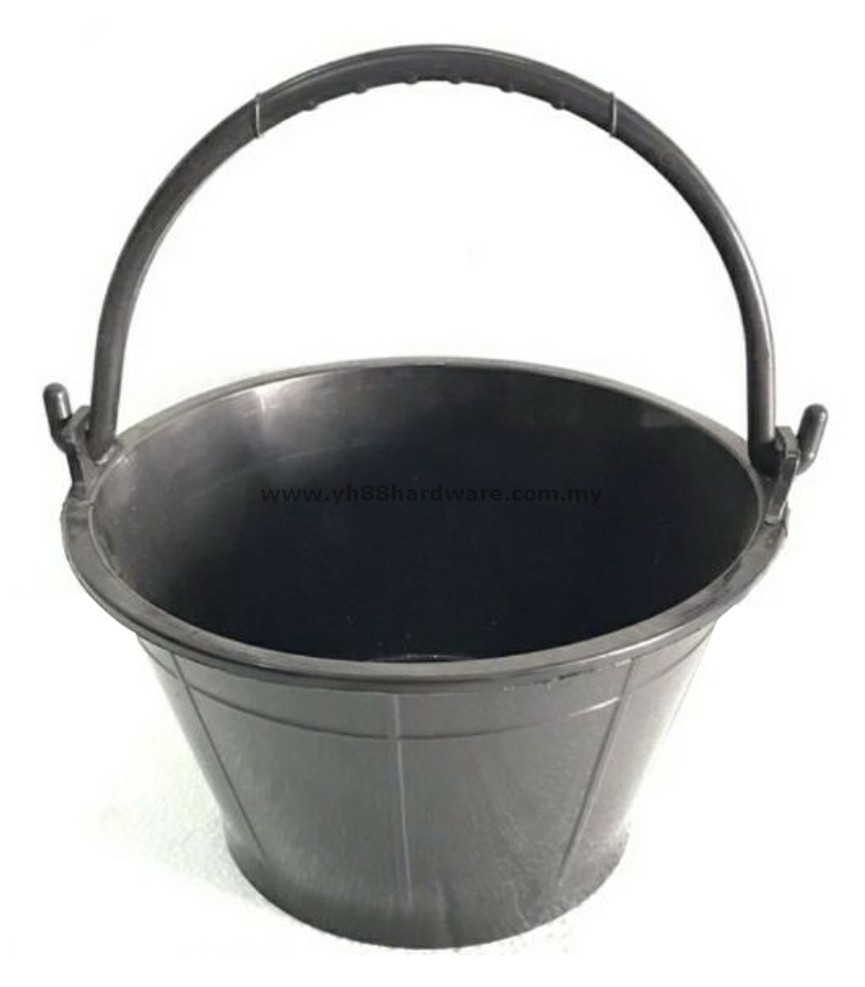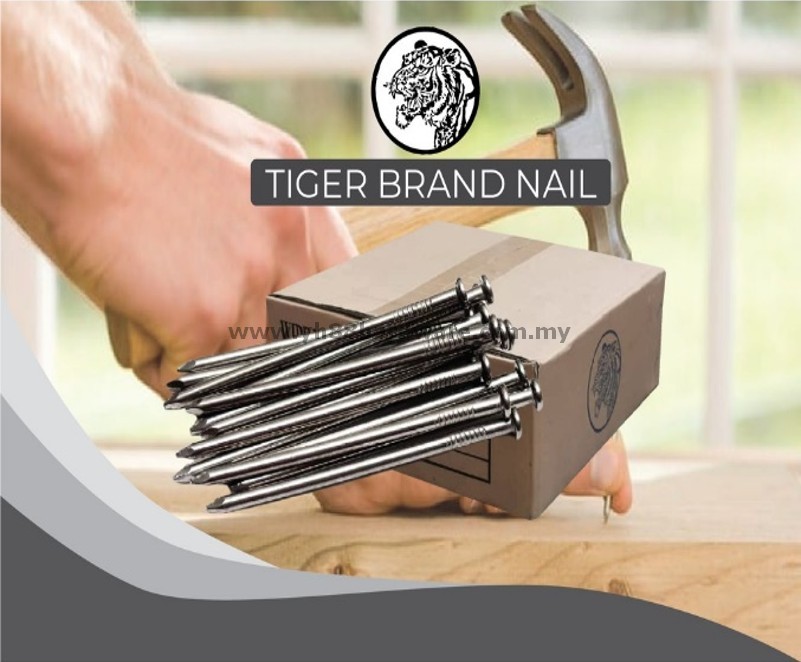Construction & Fasteners
9 productsConstruction and fasteners are two intrinsically linked elements that form the backbone of modern building projects, ensuring structural integrity, durability, and safety.
Fasteners—including screws, bolts, nails, rivets, and anchors—serve as the critical connectors that hold materials together, from wooden frames to steel beams and concrete foundations. The choice of fasteners depends on various factors, such as load-bearing requirements, environmental conditions (e.g., moisture, temperature fluctuations), and material compatibility. For instance, stainless steel fasteners are often used in outdoor construction due to their corrosion resistance, while galvanized or coated options provide added protection in high-humidity areas. In high-strength applications, such as skyscrapers or bridges, heavy-duty bolts and structural screws are essential to withstand dynamic forces like wind, vibrations, and seismic activity. Moreover, advancements in fastener technology, such as self-tapping screws and adhesive-based fastening systems, have revolutionized construction efficiency, reducing installation time while improving longevity. Proper fastener selection and installation are vital; incorrect usage can lead to structural failures, material fatigue, or safety hazards.
As sustainable construction practices evolve, eco-friendly fasteners made from recycled materials or designed for easy disassembly (supporting modular construction) are gaining prominence. Ultimately, understanding the role of fasteners in construction ensures buildings remain resilient, functional, and capable of enduring the test of time.



